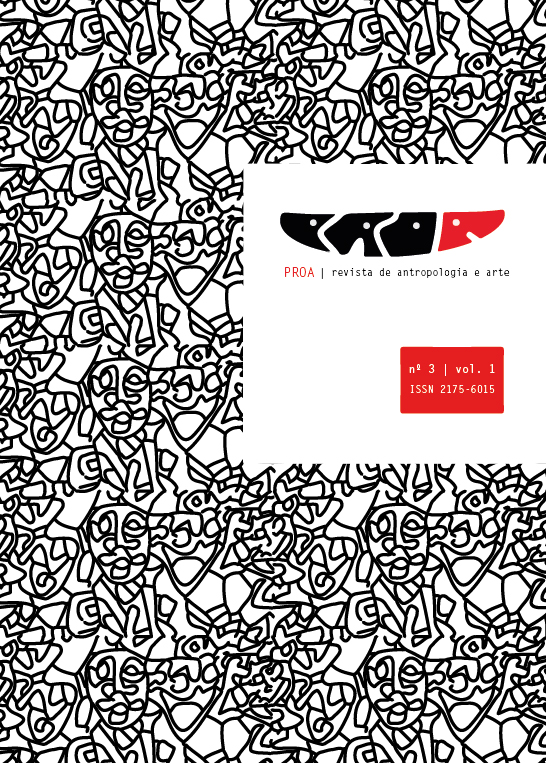Abstract
Abstract:Sociologist Erving Goffman's theory of frames of experience helps us to grasp the rhythm of temporalities in children's war books. The literary inscription of horrifying or disconcerting current events for young readers prompts the author to indulge in three possible forms of nostalgia. Nostalgia for childhood leads him to resort to the frameworks of his own childhood experience. The rejection of an overburdened topicality encourages him to take refuge in a nostalgia by proxy, preferably family nostalgia. This nostalgia takes the form of an uchronia that deprives war of its temporal reference points. But above all, when it comes to war, children's authors and illustrators are subject to a "storyteller's nostalgia" that casts their production in the patterns of inherited narratives. Children's books in France at the end of the twentieth century proved incapable of accounting for the Cold War and the conflicts of decolonization. The three forms of nostalgia converged to make the Second World War the mental model for any representation of war in children's publishing. This situation seems set to change with authors born after 1980.
References
Références au corpus de livres pour la jeunesse
Battut E., 2000. Bataille, Paris, Autrement jeunesse.
Bourre M., 1993. Le palefroi, Paris, Flammarion.
Caban G., [1991] La lettre allemande, Gallimard jeunesse 2000.
Daeninckxs D., PEF, 2002. Il faut désobéir, Paris, Rue du monde.
Filippovic Z., [1993] 1998, Le journal de Zlata, Paris, Pocket.
Gerstein Mordicai, 2006. Gisella et le pays d’avant, Paris, Naïve.
Grumberg J., Bataille B., 2003, Iq et Ox, Paris, Actes Sud.
Hill S., 2006. Thirrin princesse des glaces, Paris, Gallimard.
Lambert C., 2003. Le dernier des elfes, Paris, Bayard.
Levy D., Romanin T., 2004. Le gâteau de paix : recette pour des jours meilleurs, Paris, Sarbacane.
Magorian M., Kang J., 1994. Bonne nuit, monsieur Tom, Paris, Gallimard.
Rapaport G., 2002. 10 petits soldats, Paris, Circonflexe.
Rodari G., PEF, 2006. La guerre des cloches, Paris, Kaleidoscope.
Sellier M., 2005. L’histoire sans fin des Mafous et des Ratafous, Paris-musées.
Shahar D., 2003. Riki, un enfant à Jérusalem, Paris, Gallimard.
Soszewicz R., Crevelier S., 1989. Les étoiles cachées, Paris, Flammarion.
Bibliographie
Aron R., 1948. “Paix impossible, guerre improbable », Table Ronde, 3, p. 411-433.
Audoin-Rouzeau S., [1993] 2004. La guerre des enfants, 1914-1918, Paris, Armand Colin.
Cchautard S., 2001. Les éléments clés de la guerre froide, Paris, Studyrama.
Collet A., 1998. Les guerres locales au XXe siècle, Paris, PUF.
Goffman E., 1991. Les cadres de l’expérience, Paris, Minuit.
Grosser P., 1995. Les temps de la guerre froide, Paris, Complexe.
Hassner P., 2000. La Violence et la Paix T1. De la bombe atomique au nettoyage ethnique, Paris, Seuil.
Howard M., [1976] 1988. La guerre dans l’histoire de l’Occident, Paris, Fayard,
Lejeune P., 1975. Le pacte autobiographique, Paris, Seuil.
Marie V. (dir), 2009. La grande guerre dans la bande dessinée, de 1914 à aujourd’hui, Milan, Historial de la grande guerre – 5 continents.
Pequignot B., 2007. La question des œuvres en sociologie des arts et de la culture, Paris, L’Harmattan.
Perrot J., 1991. Art baroque, art d’enfance, Nancy, Presses universitaires de Nancy.
Pessina A., 1992. Le mythe du peuple et la société française du XIXe siècle, Paris, PUF.
Ricouer P., [1990] 1996. Soi-même comme un autre, Paris, Seuil.
Schnaffnera A. (dir), 2005. L’ère du récit d’enfance, Lille, Presses de l’université d’Artois.
Scott-Smith G., KRABBENDAM H. (dir), 2003. The cultural Cold War in Western Europe, 1945-1960, London, Frank Cass.
Van der Linden S., [2006] 2007. Lire l’album, Le-Puy-en-Velay, L’atelier du poisson soluble.

This work is licensed under a Creative Commons Attribution 4.0 International License.
Copyright (c) 2016 PROA - Revista de Antropologia e Arte
